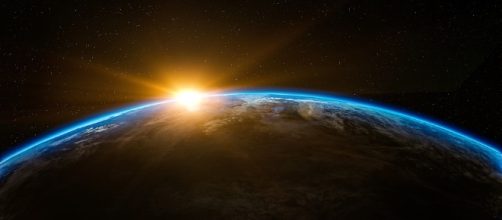Two-thirds the size of Australia, Zealandia is a submerged landmass that may actually constitute as an eighth continent. A recent study published by the Geological Society of America's Journal in their 2017 spring issue compares the features of this landmass with the seven existing continents. There is no official body to give Zealandia the continent-upgrade, but continued study will eventually point toward a consensus in the scientific community.
Size and location
Zealandia is a boot-shaped region roughly the size of India at 1.9 million square miles.
94% of the landmass is submerged, but three points are exposed at New Caledonia and New Zealand's north and south islands. It also encompasses Norfolk Island, the Lord Howe Island group, and Elizabeth and Middleton reefs.
Zealandia was previously acknowledged as a collection of islands and reefs, but this year's recent study has led scientists to believe that continent-classification is a more accurate perspective to assume when studying the features of the landmass. Geologists have argued back-and-forth for this classification for the past 20 years. The name "Zealandia" was first applied in 1995 by geophysicist Bruce Luyendyk, based partially on its relation to New Zealand.
Continent criteria
So, what precisely is the criteria for declaring Zealandia a continent? Well, high elevation comparable to the surrounding area is necessary. A crust thicker than the ocean floor is also required, as are well-defined limits. A continent must also display a wide variety of the three major types of geology: igneous, sedimentary, and metaphoric rock.
The study published by the GSA Journal helps explain the unusual geography of New Zealand and the creation of new land features following a 7.6 magnitude earthquake that took place in the last few years. Also, following this earthquake, an underwater reef was thrown upwards some 20 feet in a matter of seconds. These massive land movements are greatly characteristic of continent-behavior, so much so that Researchers closely involved in the project hope to see Zealandia appear in school textbooks in the near future.

